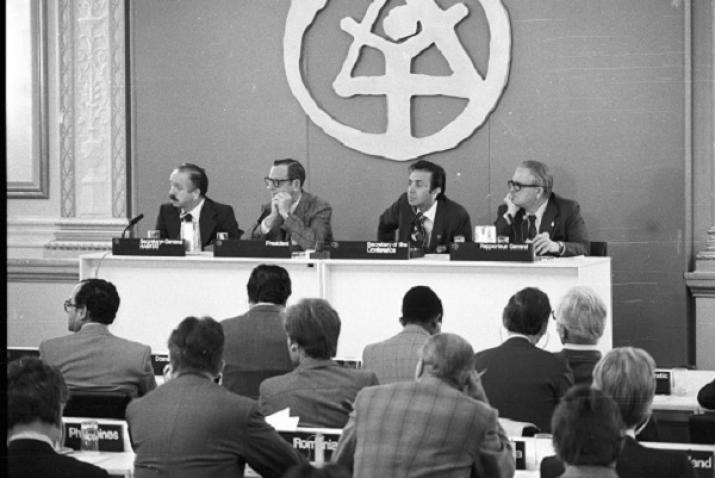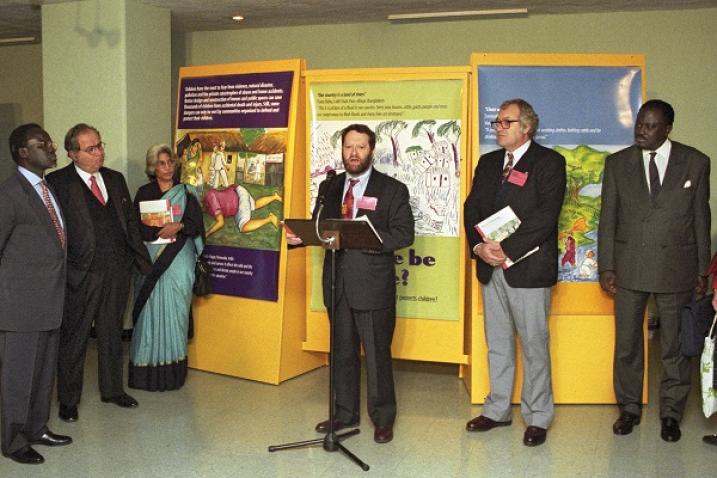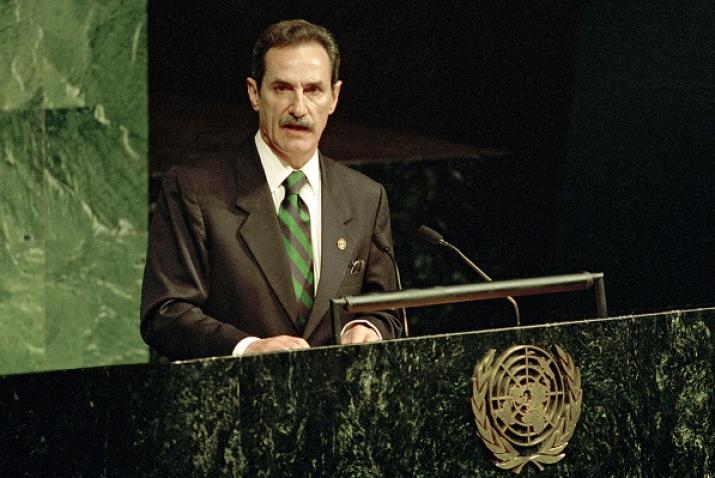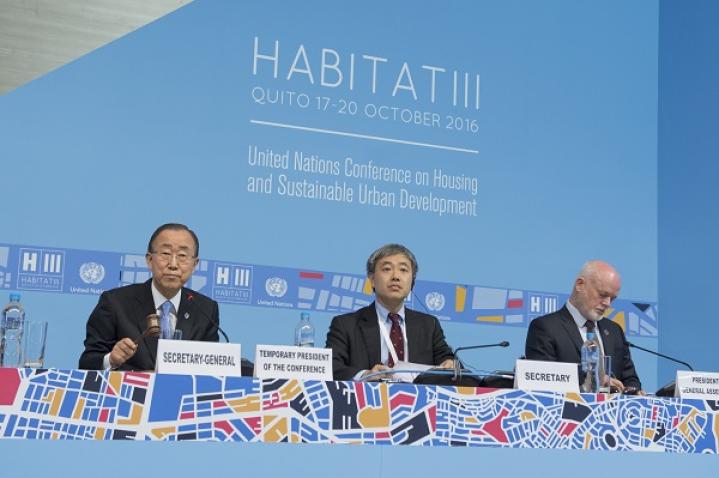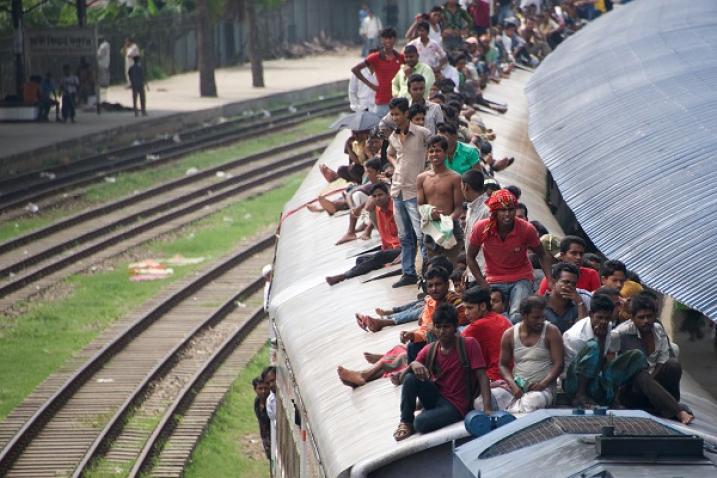BACKGROUND
Habitat I was the first United Nations Conference on Human Settlements. It took place in Vancouver, Canada, from 31 May-11 June 1976. The United Nations General Assembly convened the Habitat I conference as governments were beginning to recognize the need for sustainable human settlements and the consequences of rapid urbanisation, especially in the developing world. At that time, urbanisation and its impacts were barely considered by the international community, but the world was starting to witness the greatest and fastest migration of people into cities and towns in history as well as rising urban population through natural growth resulting from advances in medicine. A result of this conference was the Vancouver Declaration on Human Settlements, which included the Vancouver Action Plan that listed 64 recommendation for national action. Habitat I provided the foundations for the creation, in 1978, of the United Nations Human Settlements Programme or UN-Habitat.
The Vancouver commitments were reconfirmed twenty years later, at the Habitat II conference in Istanbul, Turkey, from 3-14 June 1996. At that conference, world leaders adopted the Istanbul Declaration on Human Settlements and Habitat Agenda as a global plan of action for adequate shelter for all, with the idea of sustainable human settlements driving development in an urbanising world.
Five years after Habitat II, from 6-8 June 2001, the United Nations General Assembly convened a special session devoted to the overall review and assessment of the implementation of the Habitat Agenda around the world .
In 2001, the United Nations established the World Urban Forum, to address rapid urbanization and its impact on communities, cities, economies, climate change and policies. Convened by UN-Habitat, the Forum is a high level, open and inclusive platform for addressing the challenges of sustainable urbanization. The purpose of the World Urban Forum is:
- Raising awareness of sustainable urbanization among stakeholders and constituencies, including the general public;
- Improving collective knowledge on sustainable urban development through open and inclusive debate, exchange of best practices and policies, and sharing of lessons learnt.
- Promoting collaboration and cooperation between different stakeholders and constituencies engaged in the advancement and implementation of sustainable urbanization.
Habitat III took place from 17-20 October 2016 in Quito, Ecuador. The conference took place for the first time in what was then being called “the Global South”. At the end of the Habitat III conference, the Quito Declaration on Sustainable Cities and Human Settlements for All was adopted.
THE NEW URBAN AGENDA
The New Urban Agenda, adopted (as part of the Quito Declaration) at Habitat III and subsequently endorsed by the United Nations General Assembly on 23 December 2016, represented a shared vision for a better and more sustainable future, that if well-planned and well-managed, urbanization could be a powerful tool for sustainable development for both developing and developed countries. The New Urban Agenda is an action-oriented document meant to mobilize Member States and other key stakeholders to drive sustainable urban development at the local level. Its implementation will contribute to the localization of the 2030 Agenda for Sustainable Development in an integrated manner, and to meeting the Sustainable Development Goals.
HABITAT AND THE SUSTAINABLE DEVELOPMENT GOALS
Since 2015, the UN has integrated UN-Habitat into its strategy for Agenda 2030 and in particular sustainable development goal number 11: "Make cities and human settlements inclusive, safe, resilient and sustainable". UN-Habitat is mandated by the United Nations General Assembly (UNGA) to promote socially and environmentally sustainable towns and cities and communities. As such, UN-Habitat has been at the forefront of supporting countries to have access to reliable data and information on urban conditions and trends, and to efficiently monitor and report on global agendas (e.g. 2030 Agenda, New Urban Agenda). This includes developing tools and approaches such as the Global Urban Observatory, the City Prosperity Initiative and the national sample of cities approach, building capacities of national and local governments, establishing local, regional and global urban monitoring mechanisms and supporting urban data collection, analysis and dissemination.

